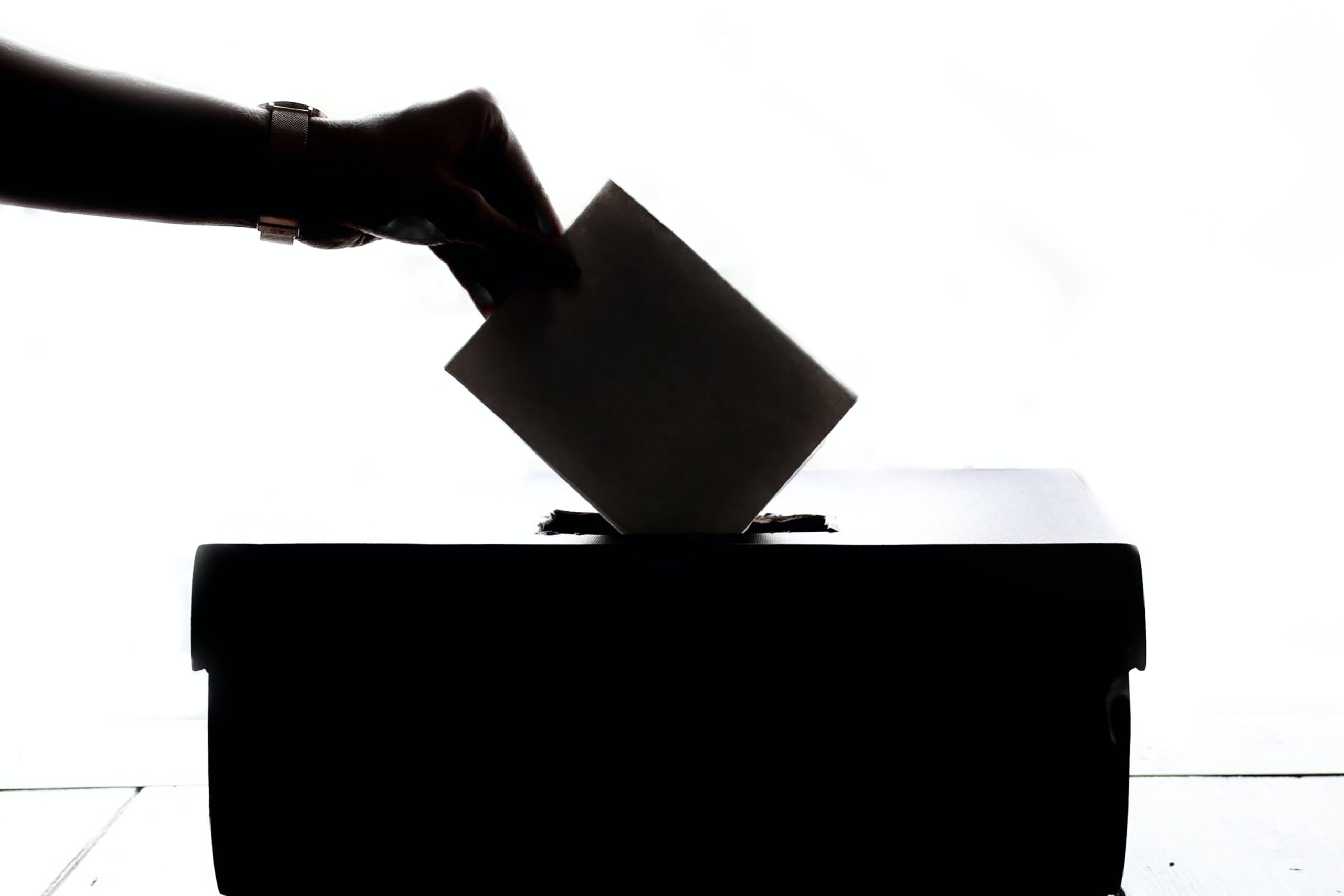Social media played a prominent role during the recent Indian general elections. Now, it is time for India’s policymakers to discuss actions and policies that will rein in its harmful effects.
Originally Published In: Rao, A. (28 May 2019). Social media and the Indian elections: The good, the bad and (how to rein in) the ugly, ISAS Briefs, No. 664. Singapore: Institute of South Asian Studies, National University of Singapore.
The 2019 Indian general elections results saw the Bharatiya Janata Party (BJP) and its allies voted back to power with a resounding majority. Prime Minister Narendra Modi and his chief strategist Amit Shah emerged as the biggest victors, having employed a cohesive offline-online campaign and mobilization strategy to steer the party to a historic win. A sophisticated communications and social media strategy, led by ex-banker Amit Malviya, complemented the party’s on-the-ground efforts to expand its reach across the country.
Digital Strategies and Electoral Inroads
Through precise and in-depth voter data profiling, the creation of an extensive network of supporters through WhatsApp chat groups, and the efforts of more than a million online and offline volunteers, the BJP was able to conduct extremely localized messaging campaigns, right down to the polling booth level. The data privacy and security implications of this strategy – which was combined with a national-level campaign that revolved around Modi’s personality cult – have yet to be adequately considered.
Although late entrants, other parties were quick to leverage social media, using state elections in 2017 and 2018 as training grounds. A former member of the Congress’ social media cell explained that the party had also been able to significantly expand its network using WhatsApp. However, their efforts were restricted by comparatively limited resources and manpower, and the new limits imposed by WhatsApp on chat group formations, which the BJP, as an early adopter, had been able to circumvent.
Congress made great strides in using social media, with both its rank and file and leaders active on various platforms, and the launch of innovative apps like the crowdsourcing project, Shakti. The party also competed with the BJP in engaging voters through creative hashtags and memes, and interactive and real-time content. However, there were some noticeable limitations, such as its Rahul Gandhi-centric nature, as well as the backfiring of its negative ‘Chowkidar Chor Hai’ (Watchman is a Thief) campaign.
The Good, the Bad and the Ugly
Social media was a visible factor used extensively by all political parties and their supporters during the elections. On the one hand, social media allowed for a diversity of viewpoints and public engagement on an unprecedented scale, showcasing its democratic potential. On the other hand, the election campaign was characterized by a deepening of ideological rifts, bitter and uncivil political discourse, and the pervasiveness of fake news and misinformation.
The highly divisive nature of the elections played out time and again on social media, with polarising, insidious, and fabricated content being shared with impunity, despite the best efforts of fact-checking coalitions and social media companies. While there are as yet no reliable reports about its precise impact on the electoral outcome, what is not in doubt is the huge influence wielded by social media on political communication, public discourse, and democratic engagement.
Building Trust
The uncritical and unethical use of social media is something that India’s new policymakers will have to deal with in a systematic and enlightened manner. To begin with, social media should be used to heal the bitter divides from the election campaign. This can be done by building on Modi’s speech to the BJP-led alliance, the National Democratic Alliance (NDA), in parliament on 26 May 2019, where he reached out to India’s minorities.
Using social media to assuage fears of the minorities, the international community, and, indeed, India’s beleaguered liberals that the new government is serious about its promise of earning everyone’s trust (Sabka Vishwas) is low-hanging fruit. It would go a long way in resuscitating the idea of communal harmony that was drowned out during the elections.
In fact, using social media in a constructive and dialogic way is a task for all political parties, which assumes urgency in light of the upcoming Assembly elections in four states. Here, the BJP and its allies, with their overwhelming national mandate, can take the lead to stem the misuse of social media, both in-house and across the political landscape, in conversation with other political parties.
Policy-making Priorities
There is also much work to be done – and swiftly – to counter other detrimental effects of social media use. India’s political class will need to determine mechanisms to fight misinformation and fake news, adopting a holistic, rather than a merely regulatory, approach. One aspect involves developing and promoting critical digital literacy on a national scale, beginning at the primary school level, and involving public and private institutions, while working within a national mandate. Here, India can learn from Singapore, where the government has been working with multiple stakeholders to strengthen digital literacy from the ground up.
India’s policymakers will also have to simultaneously enact (or amend) laws that fight fake news and misinformation, trolling and hate speech, and protect data privacy while safeguarding citizens’ freedom of speech. As the recent case involving an ‘offending’ meme of West Bengal Chief Minister Mamata Banerjee shows, there is an urgent need to revamp information technology-related laws to protect Indian citizens from the sensitivities of the political class.
Conclusion
To ensure a balance between regulation and rights, the government should involve civil society, including academia, think-tanks, not-for-profit and community-based organizations; the private sector; and interested citizens in its policymaking efforts. The new NDA government has the opportunity to stem the detrimental effects of social media that were in full display during the elections – nothing less than the security and stability of the country rest on it.
Source: Institute of South Asian Studies




